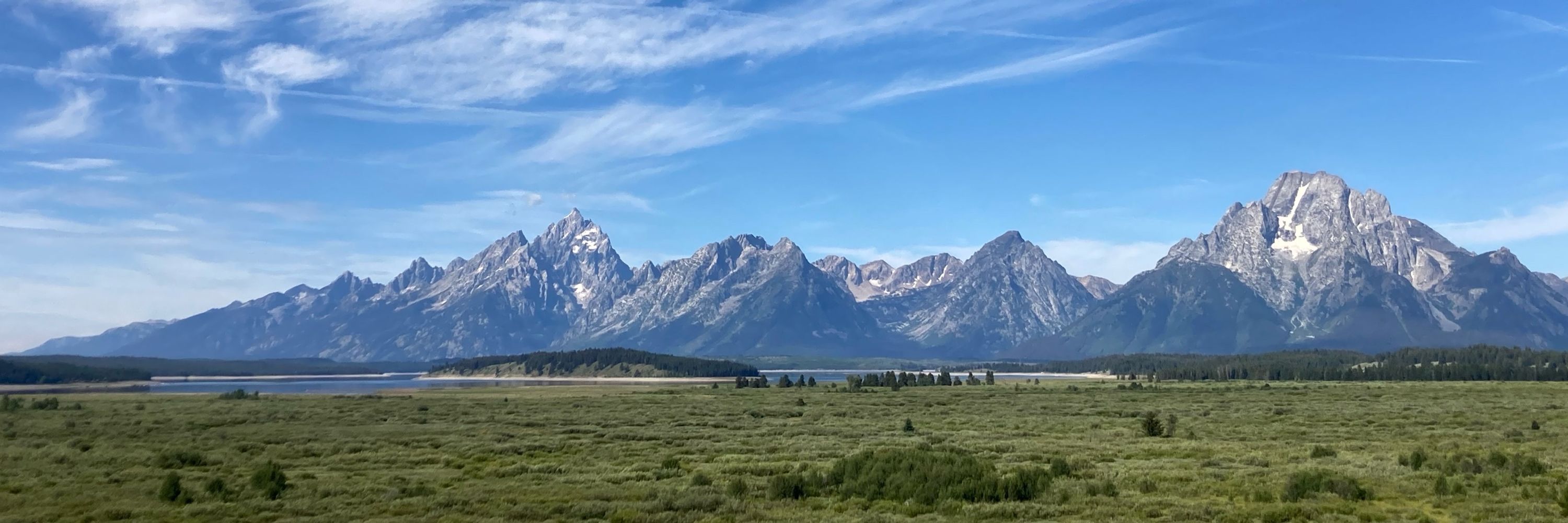Michael Totty
@mictott.bsky.social
280 followers
640 following
66 posts
Postdoctoral neuroscientist at JHU working at the intersection of neural circuits, bioinformatics, and psychiatric disorders.
https://mictott.github.io
Posts
Media
Videos
Starter Packs
Reposted by Michael Totty
Reposted by Michael Totty
Reposted by Michael Totty
Reposted by Michael Totty
Reposted by Michael Totty
Reposted by Michael Totty
















